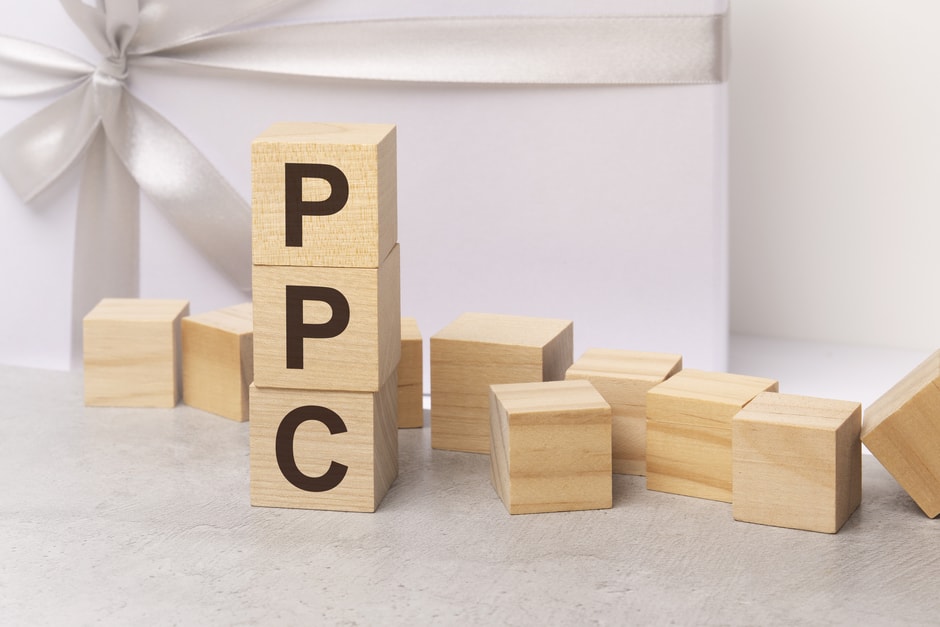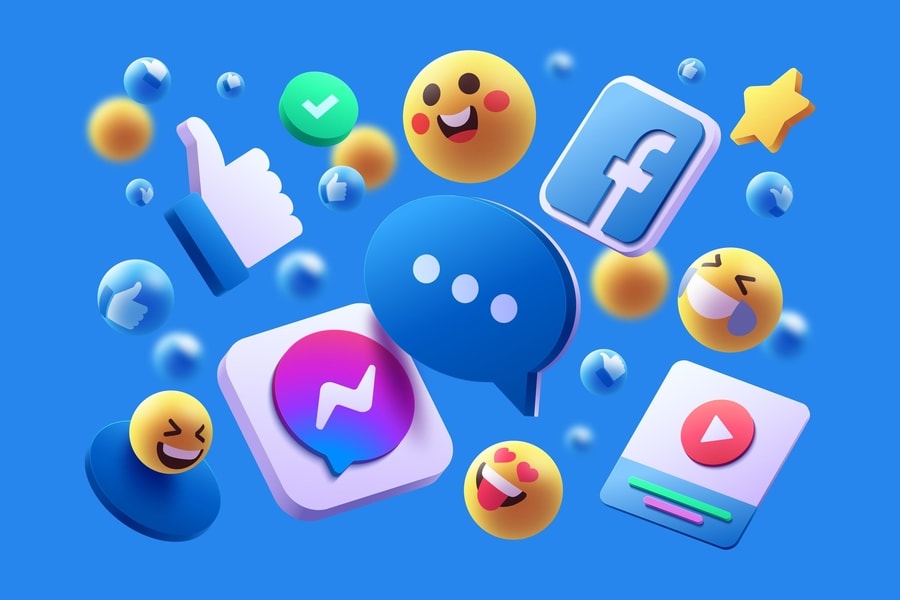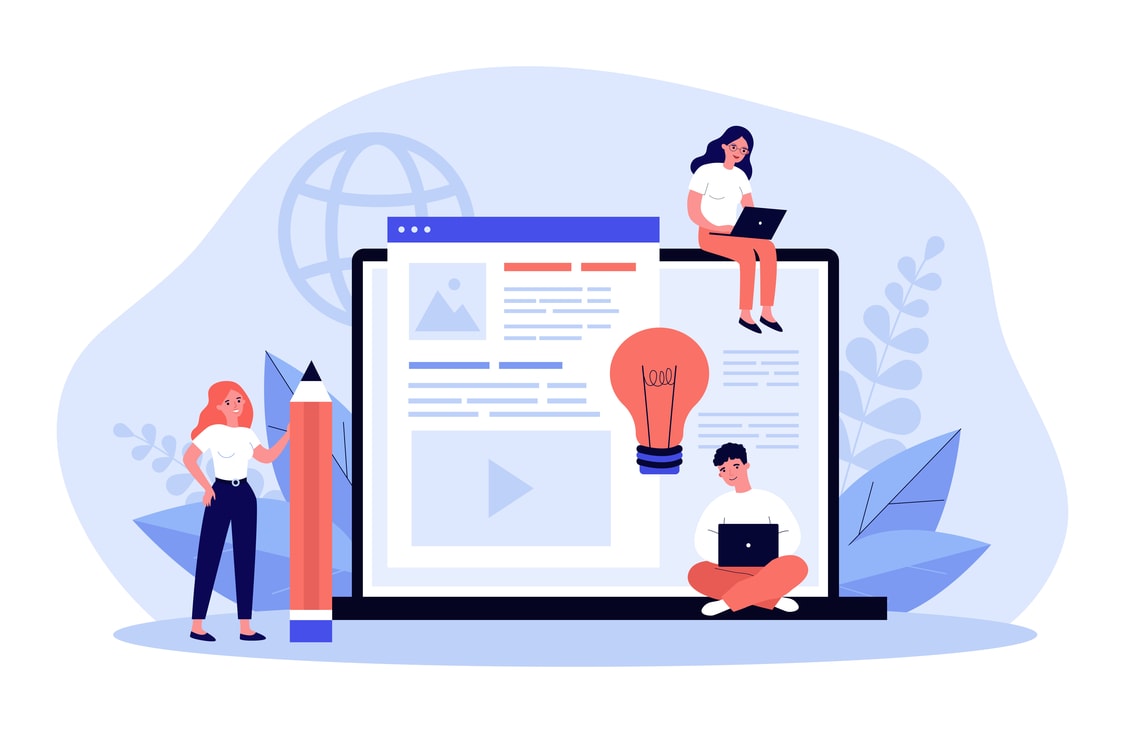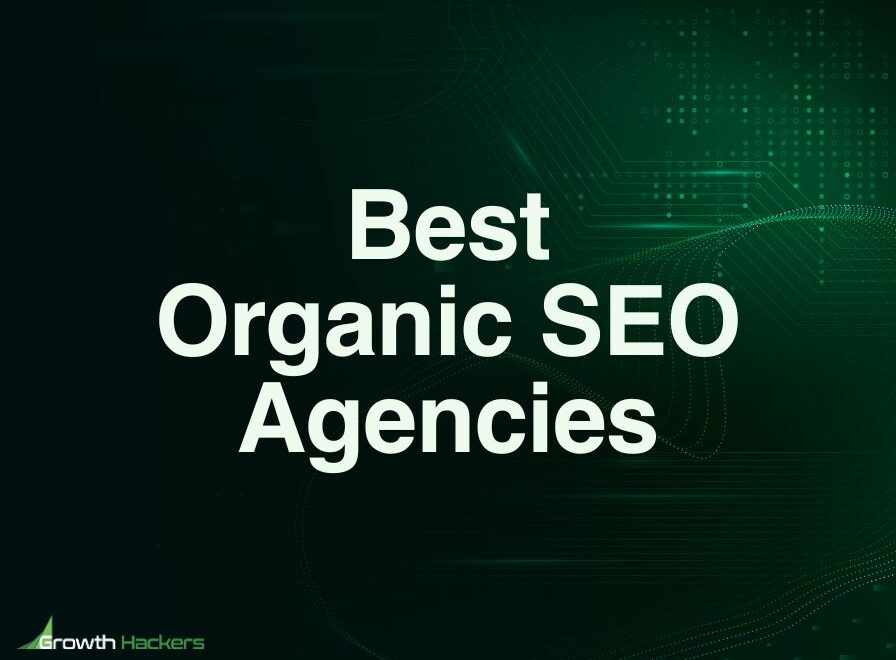As a business owner you know it isn’t easy handling all the fine details, logistics, branding, promotions, and such. On top of that, you need to ensure your marketing strategies are perfect and in the right place to get your services noticed and boost brand awareness.
Besides, the number of methods to grow your organization isn’t scarce. There’s a host of promotional gimmicks you can invest in, from SEO, social media platforms, and PPC to email, cold calling, and the list goes on.
Since we’re focusing on the two strategies outlined in our heading, PPC vs content marketing, this article is going to delve into the significance of each strategy and help you realize which better suits your business needs.
Let’s get started!
PPC and Content Marketing at a Glance
If described in short, marketers would say content marketing is a long-term gift that keeps giving while PPC advertising acts fast to give reliable and scalable results.
Digital marketing can be a tricky aspect of maintaining a business but like any other target to achieve, it can be broken down into short-term and long-term strategies. A few requirements can be met with short-term efforts while some other aspects require long-term extensive planning, implementation, and follow-up to realize.
A Brief Intro to PPC Advertising
PPC, or pay-per-click, advertising is a short-term marketing strategy that can be used to curate leads and sales for a business. PPC ads are typically displayed on search engines such as Google when someone types in a relevant query. When someone clicks on one of the ads, they are redirected to the advertiser’s website.
PPC advertising is a popular choice for businesses because it is an effective way to reach potential customers who are actively searching for products or services that you have on offer.
The Types of PPC Marketing
Pay-Per-Click marketing is a tool that works best as a PPC campaign, a plan that businesses create to manage and optimize their PPC ads. There are three main types of PPC marketing – Search Engine Marketing (SEM), Display Advertising, and Social Media Advertising.
SEM marketing
Pay-per-Click marketing, or SEM marketing, is a type of promotional method that involves paying for placement in organic search results. It is intended to target a specific audience with ads that are relevant to their search terms.
The goal of SEM marketing is to improve the visibility of a website in organic search results, with the ultimate goal of driving more traffic to the site. It can be an effective way to reach a wide audience with targeted ads.
However, it is important to consider the cost of SEM marketing and the potential return on investment before committing to this type of promotional service.
Display advertising
Display advertising involves creating ads that are intended to capture the attention of a specific audience and then directing that audience to a landing page or website. The ads themselves can take many different forms, but they all share the common goal of promoting a brand or product.
Display advertising is an effective way to reach a large number of people with a targeted message. However, it is important to ensure that the ads are in line with the overall brand voice and that they are appropriate for the intended audience. Otherwise, the ads will be ineffective and may even damage the brand’s reputation.
Social media advertising
Social media advertising involves placing ads on platforms like Facebook, Twitter, and Instagram. Businesses can target their ads to the right audience by specifying demographics like age, gender, and location. They can also create ads that offer real value to users, such as discounts or coupon codes. When done correctly, it can be an effective way to generate leads and drive sales.
All three types of PPC marketing can be effective ways to generate website traffic and leads. However, businesses should choose the type of Pay-Per-Click marketing that will work best for their products or services.
Do you want to leverage both PPC and content marketing to grow your business?
How Effective is PPC Marketing for a Business?
Pay-per-click (PPC) marketing can be an effective way for businesses to reach their intended audience. With PPC, businesses only pay when their ad is clicked on by an internet user. This makes it a cost-effective option, as businesses are only paying for results.
In addition, PPC ads are often displayed at the top of search engine results pages, providing immediate visibility to the average internet user. However, PPC can be a complex and time-consuming strategy, so businesses need to weigh the pros and cons before deciding if it is the right choice for them.
What are the Challenges Faced Concerning PPC Marketing?
Working with PPC marketing can be challenging for a number of reasons. One of the biggest challenges is the upfront costs associated with starting a campaign. In order to be successful, businesses need to be prepared to invest a significant amount of money in order to generate traffic and clicks.
Additionally, PPC campaigns require ongoing management and optimization in order to be effective. This can be a challenge for businesses that lack the resources or expertise to effectively manage their campaigns.
Finally, PPC marketing can be difficult because there is no guarantee of customer loyalty. Once a customer clicks on an ad, they are taken to the advertiser’s website where they may or may not make a purchase. This can make it difficult to generate long-term customers through PPC marketing.
With careful planning and execution, however, PPC can be an effective tool for generating leads and driving sales.
Benefits of PPC Marketing
Paid advertising is an effective way to quickly generate leads and sales, and can be particularly useful for new businesses or products that are just launching.
There are a number of paid advertising platforms available, but the most popular is Google AdWords. AdWords allows businesses to target their ads using a variety of criteria, including keywords, location, and language. Businesses can also choose how much they want to spend on each ad campaign, and can set daily or monthly budgets.
According to Marketing Sherpa, paid search ads have an average click-through rate (CTR) of 3.48%, which is significantly higher than the average CTR for organic results (0.79%). Paid ads also tend to drive more conversions than organic results, with a conversion rate of 4.64% compared to 2.49%.
Given the significant ROI that paid advertising can provide, it’s no wonder that paid search spending is expected to reach $32.6 billion by 2025.
A Brief Intro to Content Marketing
Content marketing is a long-term promotional technique that involves creating and distributing relevant and valuable content to attract, acquire, and retain a clearly-defined audience — with the objective of driving profitable customer action.
Content marketing is a strategic approach that should be aligned with your business goals. A content marketing strategy typically includes 3 key components:
- Your target audience: who you want to reach with your content
- Your business goals: what you want to achieve with your content marketing efforts
- The content themes: what topics you’ll cover in your content
Crafting a content marketing strategy can help improve your chances of success by giving you a roadmap to follow, and helping you measure your progress along the way.
The Types of Content Marketing
Content marketing can take many different forms, but some of the most popular types include social media content, email content, blog post, and visual content (such as infographics and videos). No matter what type of content you create, it should be high-quality and relevant to your niche audience in order to be effective.
Social media content marketing
Any business looking to succeed in the digital age needs to have a solid social media marketing strategy. That means creating high-quality content that will resonate with the right audience and help you achieve your planning goals. But crafting a successful strategy is about more than just posting randomly on Facebook or Twitter.
It takes careful planning and execution, and it’s important to constantly be evaluating and adjusting your approach. The advantage of social media marketing is that it’s easy to share and can reach a large audience quickly.
The downside is that it can be difficult to control the message and tone of your social content, and it can be easy for your audience to lose interest if you don’t keep posting new content regularly.
Email marketing
Email marketing is one of the most effective ways to reach your prospects. By sending relevant and targeted content to subscribers, you can stay top-of-mind and build relationships that lead to conversions. In order to be successful with direct mail marketing, it’s important to pay attention to the following:
- The Subject Line: The subject line should be relevant and catchy so that recipients are compelled to open the email. Including a target keyword can also help your email stand out in recipients’ inboxes.
- The From Line: The from line should be recognizable so that recipients know who the email is from immediately. This helps to build trust and encourages recipients to open the email.
- The Content: The content of the email should be relevant and interesting so that recipients actually want to read it. Including a call-to-action (CTA) can also encourage recipients to take the desired action.
By paying attention to these elements, you can create email marketing campaigns that are effective and engaging.
 Blogs
Blogs
Blog posts are a type of content marketing tool that can help website owners to improve their website conversion rates. By providing relevant and informative content, blogs can attract more traffic to a website.
In addition, blogs can also help to build trust and credibility with potential customers. As a result, website owners who use blogs as part of their content marketing plan can see a significant increase in web conversion rates.
Visual content marketing
In the world of content marketing, visual content is a powerful tool. organic content that is both informative and visually appealing can help to earn targeted reach and organic engagement from potential customers.
Many marketers are now turning to visual content as a way to stand out in an increasingly competitive landscape. When used effectively, visual content can be an extremely effective way to reach new audiences and build brand awareness.
Content marketing campaigns
When executed correctly, a content marketing campaign can be an extremely effective way to improve your search engine results pages (SERPs). By creating and distributing high-quality content that is relevant to your target audience, you can attract more visitors to your website and improve your visibility in the search engine results.
In addition, by providing valuable information to your target audience, you can build trust and credibility with potential customers. Ultimately, content marketing can help you to achieve your goals by driving traffic and expanding your reach.
Now is the time to use PPC and content marketing to achieve your business goals!
How Effective is Content Marketing for a Business?
The goal of content marketing is to attract and engage potential customers, with the hope that they will eventually make a purchase.
While content marketing can be extremely effective, it is important to create content that is relevant and useful to your target audience. Otherwise, your content will not be successful in driving organic search traffic or generating leads.
Additionally, with the current demand for content marketing, it is important to stand out from the competition by creating high-quality, original content. When done correctly, content marketing can be a powerful tool for driving traffic and sales.
What are the Challenges Faced Concerning Content Marketing?
Content marketing is a digital marketing strategy that focuses on creating and distributing engaging and relevant content to attract and retain customers. However, content marketing is not without its challenges.
One challenge faced by content marketers is creating fresh and engaging content on a regular basis. In a fast-paced digital world, customers can quickly become bored with the same old content, no matter how well written it may be. As a result, content marketers must constantly be on the lookout for new ideas and ways to keep their audience engaged.
Another challenge faced by content marketers is making sure that their content is visible to their target customer base. With so much digital noise out there, it can be difficult to make sure that your content is seen by the people who are most likely to be interested in it.
However, by using digital marketing strategies such as search engine optimization and social media marketing, you can help ensure that your content reaches your target audience.
Benefits of Content Marketing
Content marketing focuses on creating and distributing valuable, relevant, and consistent content to attract and retain a clearly-defined audience — and, ultimately, to drive profitable customer action.
When done correctly, it can be an extremely effective way to generate more leads and convert more of those leads into paying customers. One of the main benefits of content marketing is that it allows you to attract your ideal customer and build trust with them even before they’re ready to make a purchase.
By creating informative blog posts, helpful eBooks, and high-quality landing pages, you can position yourself as an authority in your industry and earn your prospect’s trust long before they’re ready to buy.
Another advantage of content marketing is that it can help you attract higher-quality leads than most other marketing strategies. Because you’re providing valuable information up-front, prospects are more likely to be further along in their buyer’s journey when they finally reach your website. This means they’re more likely to be ready to buy, making them higher-quality leads than those generated by most other marketing tactics.
If you’re looking for a more efficient and effective way to generate leads and convert them into customers, content marketing may be just what you need.
Final Thoughts – PPC vs Content Marketing
So, after careful reading and deliberation, which marketing method is better suited to your business? Each marketing venture has its own characteristics and levels of effectiveness that you need to weigh before implementation.
The best way forward would be to incorporate both, sponsored and organic advertising as part of the overall marketing plan. However, it’s always best to leave some things to the experts if you find yourself hesitating or stuck when taking the big leap forward.
If you’re looking for a sure-fire way to grow your business, look no further than Growth Hackers, an award-winning content marketing agency. We offer a suite of PPC and content marketing services that are specifically designed to help businesses achieve their growth goals. Our team of experienced professionals will work with you to create a custom plan that fits your unique needs and budget. We’ll then implement that plan and track your results so that we can make adjustments along the way. No matter what your growth goals are, we can help you achieve them.




 Blogs
Blogs



1 Comment
The best way forward would be to incorporate both, sponsored and organic advertising as part of the overall marketing plan. Thank you for sharing such a good thing.